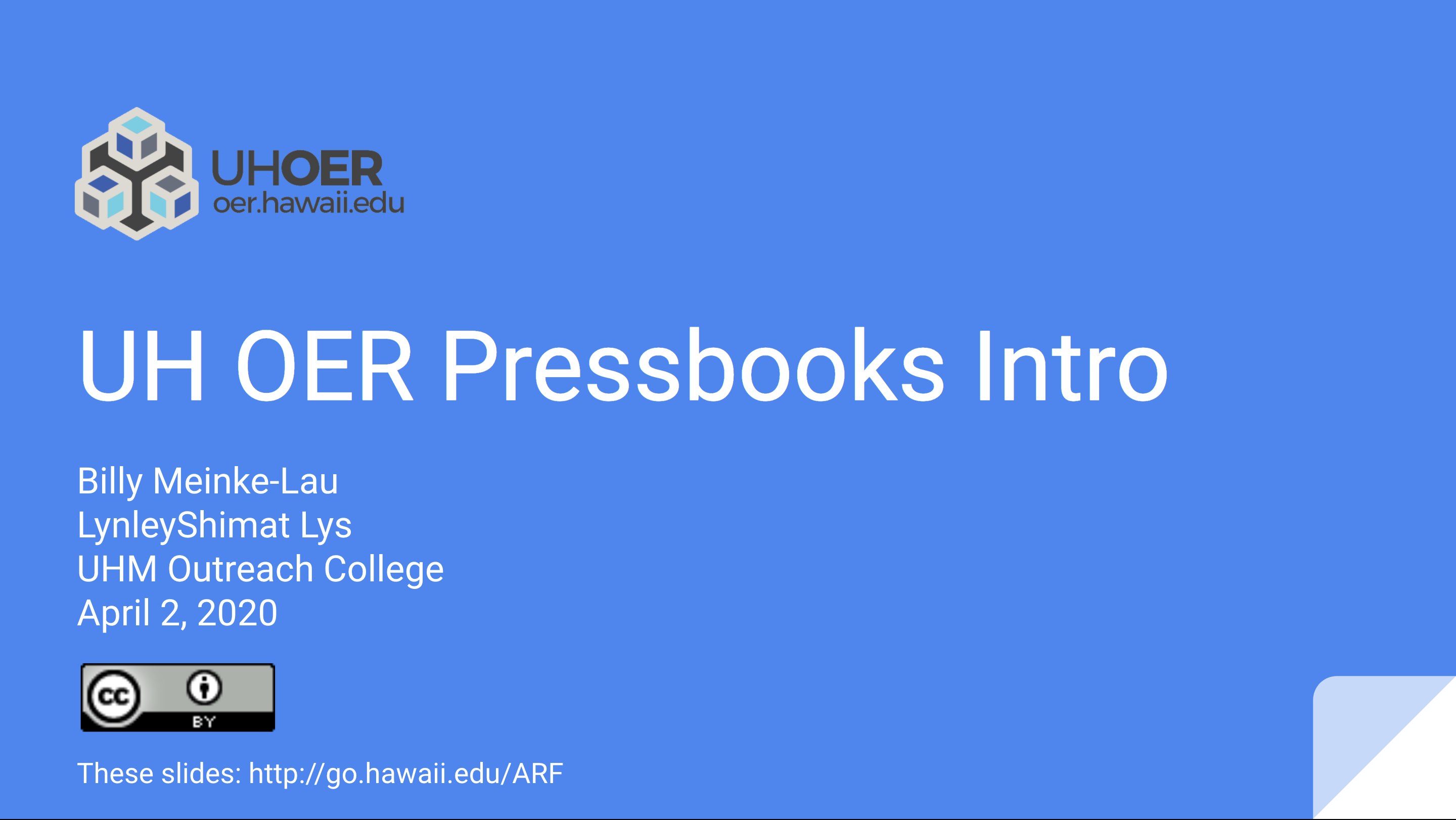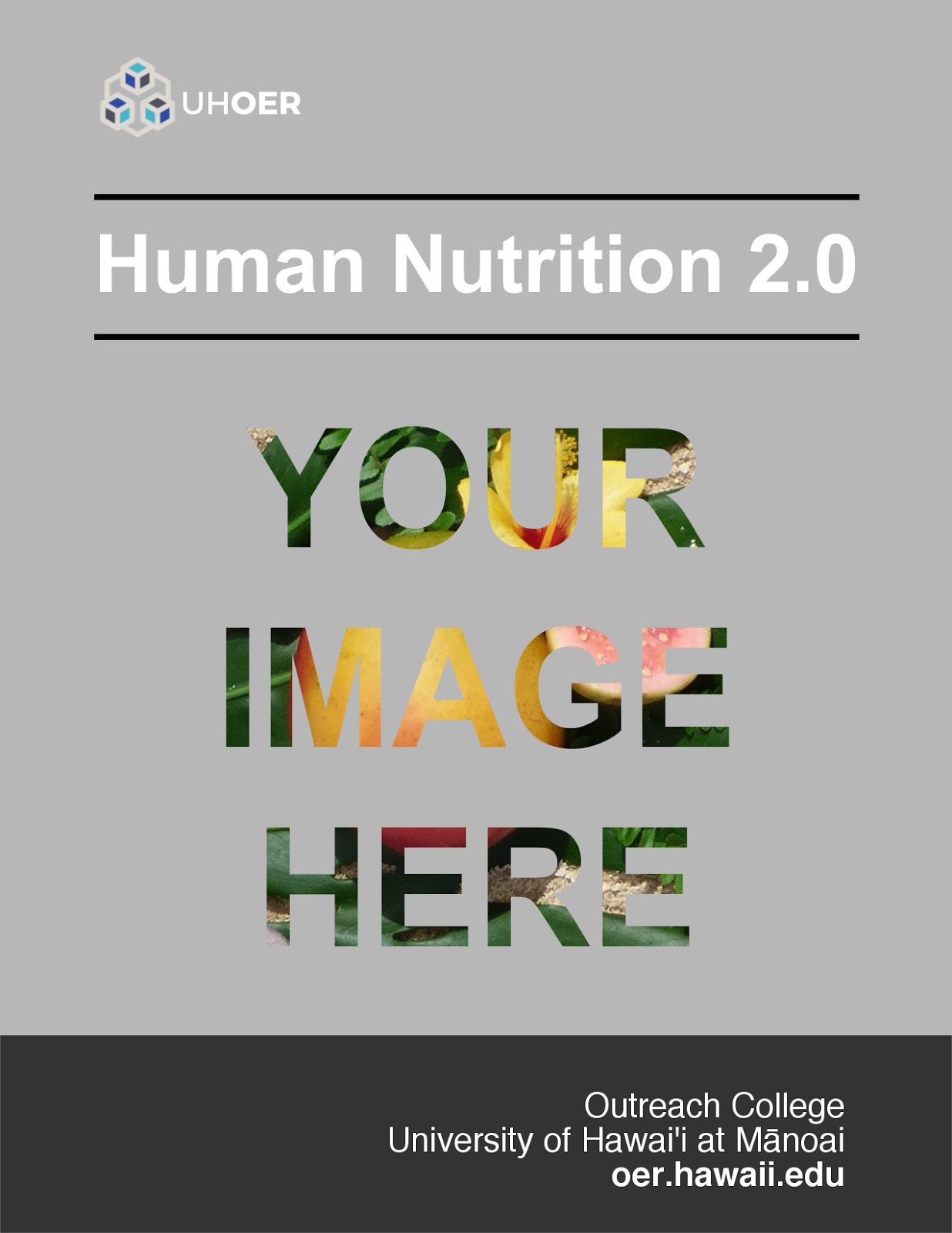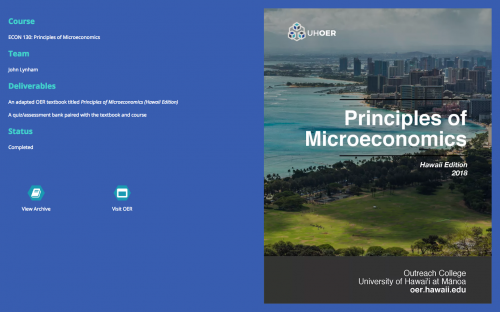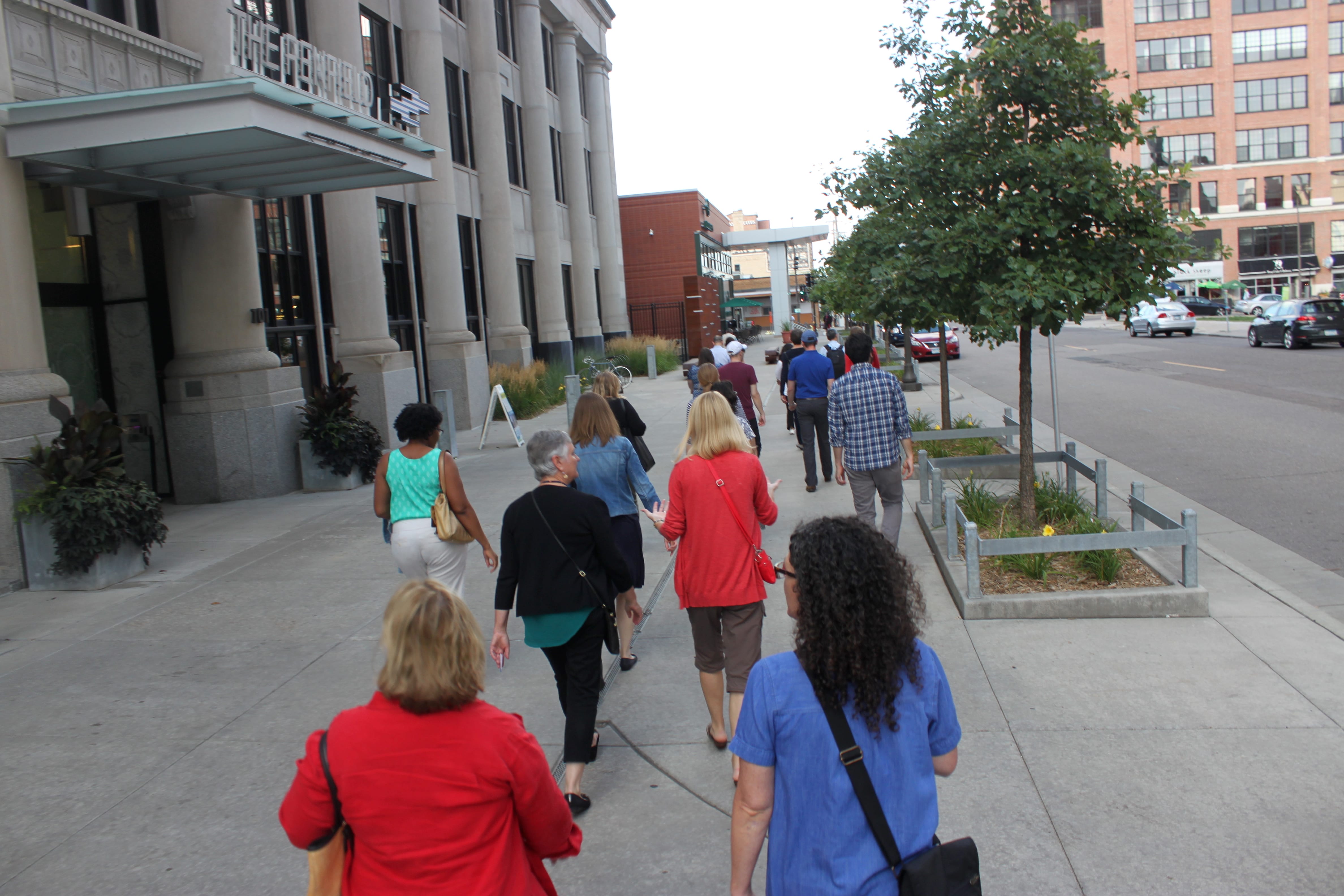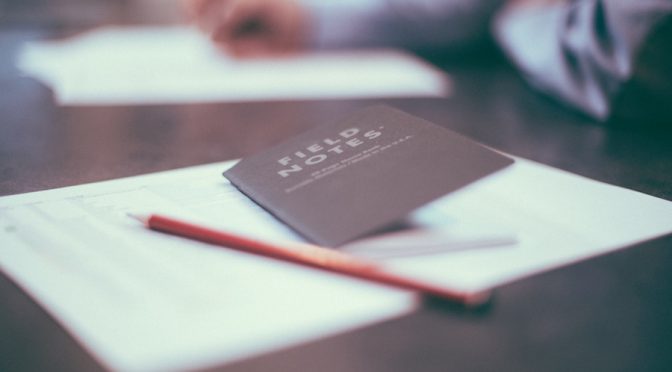We’re building steam to carry our OER efforts into 2017 by getting into the nitty gritty of the production cycle, how open learning content is actually adopted and modified for use. Textbook production workflows are a useful place to start when you’re seeking a model of OER production that will work for your community. But there are some nuances about developing OER, such as designing for reuse and leveraging outside volunteer efforts that may place greater demands on a project and change the processes for creating content. This post will review some interesting examples of OER production workflows and how their ideas may support the UH system as we move into the production cycle for our first open textbooks.

Image by Jeff Sheldon / CC0
Considerations for OER
The production cycle for an OER course often varies from that of an OER textbook, largely because textbooks don’t always have pedagogical or delivery dependencies that could require more of the project (beware of scope creep!). An OER textbook is a knowledge base for the course, and may or may not include activities or assessments, but is “alive” for continuous improvement as a foundation for a course or workshop. Developing an assignment or assessment bank, for example, means including another OER product that may need its own workflow or extension/inclusion in the primary workflow for a textbook alone. Properly scoping the OER project is essential, regardless of how developed the workflow might be.
I have a lot of appreciation for the OERu’s mention of Raymond’s release early, release often approach to developing OER. Content improves as more eyes are put on it, and it’s important to realize how many other individuals might be working on an OER similar to yours. What could you learn from them? What could they do for you? This relates to BC Campus idea of having OER projects live in Open Creations mode, where they publish after each piece of remaining production work, and advertise tasks still to be done. I’m not sure how many takers they’ve had, but the point is that there’s an invitation for collaboration. Their OPEN sign is lit up.
OERu points out the modularity of their approach, breaking the OER production cycle into 5 parts:
- Select
- Design
- Develop
- Deliver
- Revise
There are expectations of following a series of milestones in each step or phase in the cycle, finishing with a delivery and feedback loop. In theory, the course feedback would inform anyone who wished to improve or update the course for themselves or for the existing course.

OERu OER workflow / Wikieducator.org / CC BY-SA
It reminds me of the ADDIE model for instructional content development, which is still a popular method despite being used to support behaviorist instructional strategies. In OERu’s cycle, OER receive peer review during their initial development, and then as part of each delivery of the course. This model can likely be used as a starting point for a unique OER production workflow, as it has useful descriptions of each step without other distracting details.
This framework was part of a 2011 presentation by Gabi Witthaus, (University of Leicester), Julian Prior (University
of Bath), Sam O’Neill (University of Derby), Alejandro
Armellini (University of Leicester) that explained the process for the University of Leicester’s (and others in their network) of OER production and development. The CORRE model is “a framework for transforming teaching materials into OER” which assumes that those who implement the model will have a substantial amount of known materials available to support the building of an OER. They emphasize four phases:
- Content
- Openness
- Reuse & Repurpose
- Evidence

CORRE framework for OER development
This framework gets into the specifics of OER production such as screening and clearing rights of OER, and preparing the OER for release in multiple formats. Colors indicate the specific collaborator/roles charged with delivering or helping complete part of a phase. Further on in the slide deck (linked in the image above) there is mention of a modified CORRE model by the University of Bath. Just like each person’s ideal version of the same OER – the way they would deliver it – is different, I expect that institutions will have their own ideal version of a common production workflow . This one may be less off-the-shelf ready for application than OERu’s, depending on the staff and expertise available.
Additional Conceptual Frameworks
As part of the very-comprehensive OER Workshop self-learning wiki course, David Porter mentioned these two models. The first emphasizes the license on the OER as the key indicator of how others can share and/or modify the resource. The legal rights associated with OER are what give it wings, but not all CC licenses work the same way and can be edited or remixed with other OER.

OER workflow / Wikieducator.org / CC BY-SA 3.0
Another cycle mentioned on the wiki is one that assumes you are working with a pool of relevant OER, for which the rights have been cleared. The COMPOSE phase of this cycle encapsulates steps (again) similar to ADDIE, but as a loop and with the front end Analysis step rolled into the FIND step. An expectation here is that the desired knowledge or information has been clearly identified as the “something” a teacher or learner wants.

OER Development Cycle / Wikieducator.org / CC BY-SA 3.0
David did this work ahead of the successful BC Campus Open Textbook Project, so we can assume these above two models are along the path towards productive work with OER. They may be most useful when describing OER production in a zoomed out way, but do well to cover the basics when it comes to explaining how OER are created and reused.
Technical Diagram*
An output of the JISC #UKOER program, Lisa Rogers (Heriot-Watt University) shared a technical diagram for OER production, with useful indicators of decision points and transitions beginning with an OER content audit. Their detailed diagram includes five phases through which an OER being developed might move:
- Creation
- Quality Control
- Technical
- IPR Negotiation
- Cataloguing

OER Workflow Diagram by Lisa Rogers – Heriot-Watt University is licensed under a Creative Commons Attribution-Non-Commercial 2.5 UK: Scotland License
Provided there is the legal expertise available, this diagram would support the important rights-clearing steps associated with releasing and combining OER. What’s missing is the detail of the Technical Work step, which probably deserves a diagram of its own.
*Note: This diagram resource recently (today) disappeared from the Heriot-Watt University website, but an important Snapshot was saved by the Wayback Machine. Huzzah!
What’s actually going to support us?
My search for workflows was inspired by Rebus’ Hugh McGuire and his post on the forum inviting others to build on his draft project description. Signaling for others to contribute to a project is a nice gesture, but less useful unless discrete parts of the development process are identified. Thus, it makes sense to have a workflow to use for planning and mapping out milestones, not only for those formally involved with the project but also those volunteering from the outer community. Others need to know how they can pitch in.
Finding a workflow that works in our OER circle will involve answering some questions about the resources we have, end points we’d like to reach, and how each institution in the UH system can share steps in the production cycle. I’m hopeful for constructive dialog that will help refine workflows that work for us, and have already sent out a call for participation with our first open textbook creation project.
Happy holidays, everyone!
See you in the New Year.











